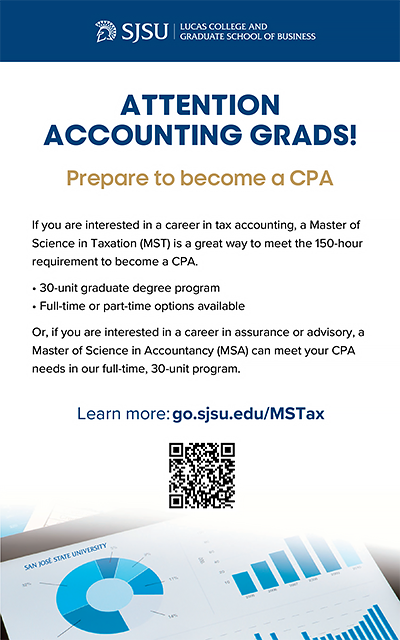Make College Fair plan consequence free?
February 20, 2020
The desire of a long-lasting career, carrying the pride of one’s family, or a dream that refuses to die. These reasons, and more, are what drives students to pursue higher education.
However, these days a drive isn’t enough. Sometimes the tuition fees for admission are too much. Other times, colleges will focus on the children of past alumni, sometimes favorable to Alumni who donate large sums of money to the school.
In order to combat these issues, presidential candidate Mike Bloomberg has proposed a plan to tackle the issues that the current college system has ingrained in itself. Among the many things that Bloomberg wants to change, such as forgiving student debt and increasing the Pell Grant to double the amount.
However, this plan for education may also be adding the issues it is trying to fix.
One of the most interesting things that Bloomberg proposes is a plan titled “Make College Fair.” Bloomberg plans to tackle the biases that college admissions have when selecting students. As stated in the plan that Bloomberg’s press team released on February 18, the Make College Fair initiative will aid students in getting into college as well as finishing.
“He will call for an end to giving children of alumni advantages in the admissions process and support legislation to require institutions receiving federal aid to make public admission rates for legacy and non-legacy admittance along with enrollment and completion rates by race, income, and legacy.”
The plan further goes on to state that selective schools that accept more students from low to middle-income students will let students who perform the best, and worst, be known to the public.
While this plan seems promising, we must see through all the glitz and glam.
A large issue with increasing admissions is class size. Even if colleges allow more students to be accepted to colleges and provide incentives for graduating, that doesn’t mean class sizes change. If students aren’t able to get into the classes they need because they are at capacity, then those students will be stuck waiting for the next term that class is available. When answering a question regarding this very topic, the answer Bloomberg’s representative gave was anything but helpful.
Their answer to overpopulated college campuses is to give the colleges more funding and “trust that the college will be able to adhere to the students.”
For colleges like California State University, East Bay, this problem is something we know all too well. Being waitlisted for a class that you need to graduate is a feeling most CSUEB students have felt so increasing the number of students attending will only make the promise work.
Furthermore, if schools don’t reach the expectations of the policy then students who graduate from that college will have fewer post-graduation career opportunities than graduates of schools who “perform best.”
Mike Bloomberg’s campaign promises to usher in a new environment for incoming college students everywhere, that is if you are attending a community college. The majority of this plan focuses on the success of community college students, leaving those in state universities in the dust.
Mike Bloomberg’s plans for higher education may look promising, and in some aspects they will help college students everywhere. However, the blowback from the reward systems as well as increased admission rates can make the issues Bloomberg plans to fix become worse. While this plan is still being refined and what the plan proposes looks incredible, there are times where you have to look at the current situation and realize it isn’t as bad as what it could become.







